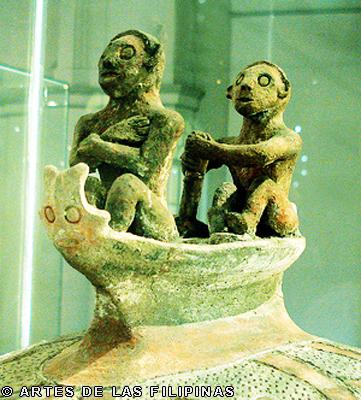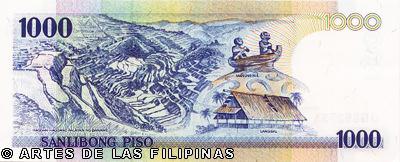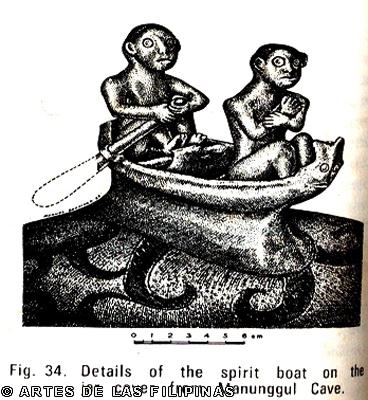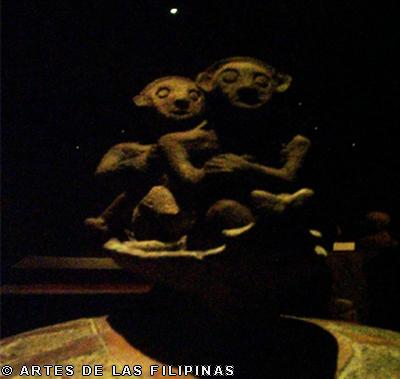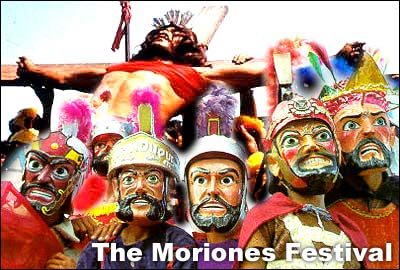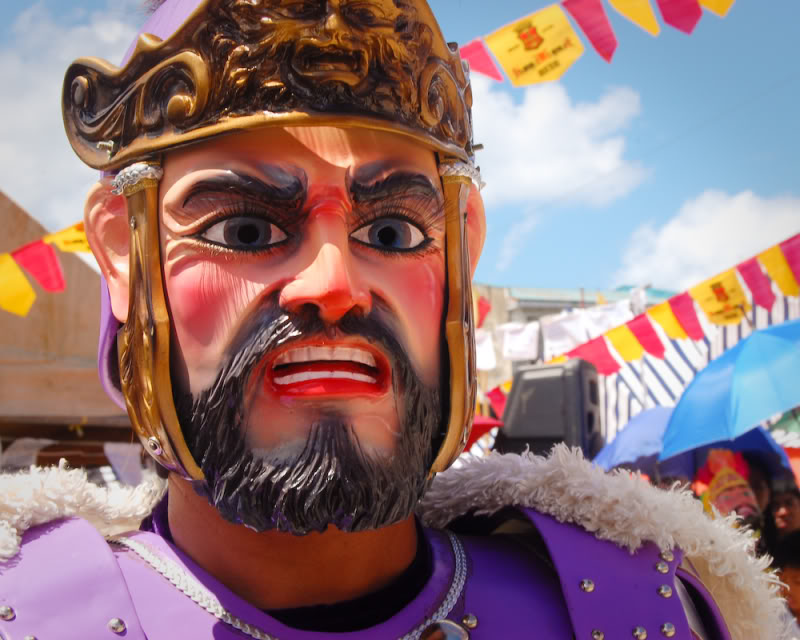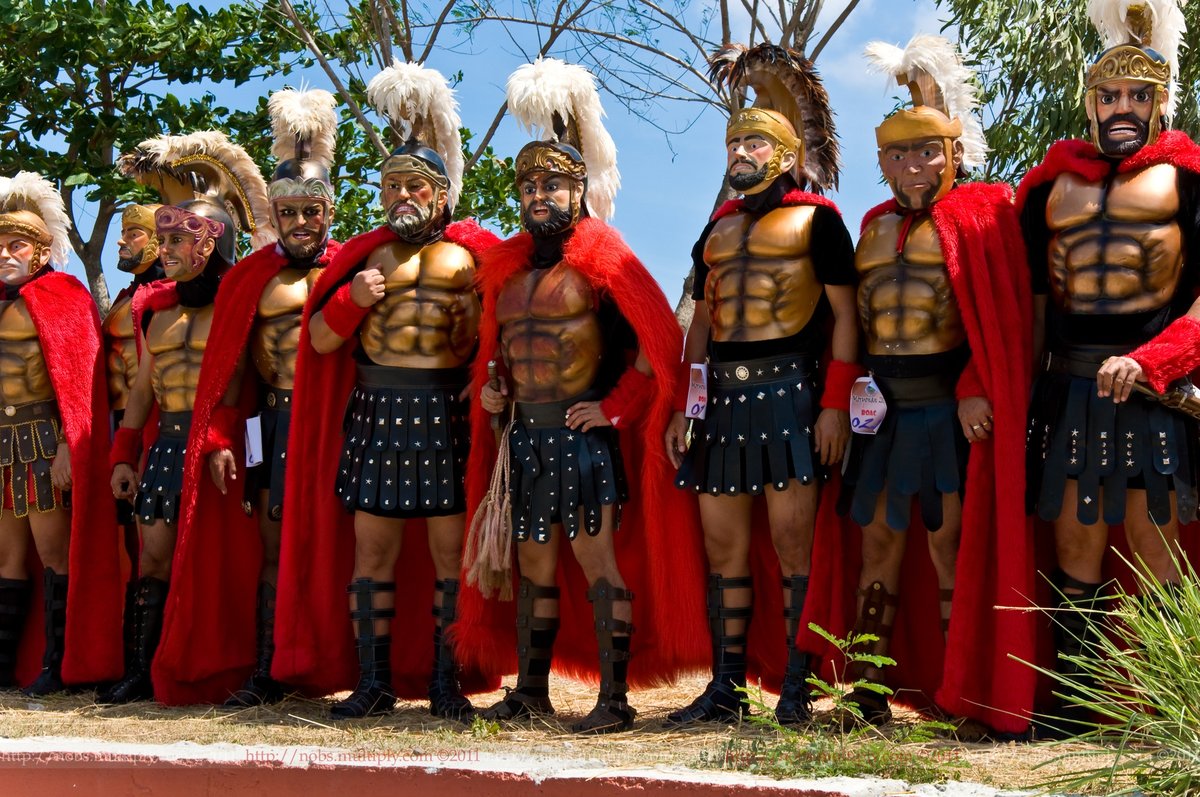source: http://mangyan.org/
For the Mangyans, craft has always been a product of their way of life and an extension of their customs and traditions. Today, this distinct expression of artistry and skill not only keeps the Mangyan culture and heritage alive, but also helps raise supplementary income for their education and health care.
For the Mangyans, craft has always been a product of their way of life and an extension of their customs and traditions. Today, this distinct expression of artistry and skill not only keeps the Mangyan culture and heritage alive, but also helps raise supplementary income for their education and health care.
The handicrafts sourced by the MHC are handmade by Mangyan people in the mountainous regions of Mindoro:
- the woven textiles by Hanunuo-Mangyan mothers of Mansalay and Bulalacao
- the rattan baskets by the Alangan Mangyans of Naujan
- the nito baskets by the Iraya Mangyans of Puerto Galera and San Teodoro
- the beaded items by the Alangan and Hanunuo Mangyans.
Items that meet the MHC's quality standards are sold at a price set by the Mangyan producers, ensuring they are fairly paid for their work. Any profits go towards theMHC's cultural program, including scholarships for Mangyan students.
Hanunuo-Mangyan women hand-stitch and hand-embroider their traditional square-necked blouse (lambong). It takes over a week to embroider the intricate pakudos design. Embroidery was traditionally the shortest part of the process as the Hanunuo Mangyans used to plant, harvest, separate, dry, spin, and then weave the cotton fibers. Today, however, the fabric is purchased in the market and then embroidered.
The embroidered pakudos is always of two colors. On a white blouse, it is predominantly red and is highlighted by a fine black or dark blue outline. On a blue blouse, it is also predominantly red but the outline stitchery is white. The design is started from the center with only hand measurements and the warp and weft threads as guide.
Hanunuo-Mangyan women hand-stitch and hand-embroider the traditional men's open-fronted shirt (balukas). It takes over a week to embroider the intricate pakudos design. Embroidery was traditionally the shortest part of the process as the Hanunuo Mangyans used to plant, harvest, separate, dry, spin, and then weave the cotton fibers. Today, however, the fabric is purchased in the market and then embroidered.
The embroidered pakudos is always of two colors. On a white blouse, it is predominantly red and is highlighted by a fine black or dark blue outline. On a blue blouse, it is also predominantly red but the outline stitchery is white. The design is started from the center with only hand measurements and the warp and weft threads as guide.


The ramit is a textile made by the Buhid and Hanunuo Mangyans. It is woven on a backstrap loom called harablon and features intricate geometric patterns. In the past, it was made from homespun cotton which was then indigo-dyed. Today, the thread used for making the ramit is purchased from local stores. It takes one week to weave a 23-inch x 108-inch ramit.
Traditionally worn as a skirt or used as a blanket for carrying children, it now finds other uses as a table runner, wall hanging, bag or placemat.

The Mangyans weave intricate baskets of various sizes and designs.
Due to the Mangyans' conscious management of their natural resources, production of handicrafts made from forest materials like nito and rattan is of modest volume
Due to the Mangyans' conscious management of their natural resources, production of handicrafts made from forest materials like nito and rattan is of modest volume

- the beaded items by the Alangan and Hanunuo Mangyans.






